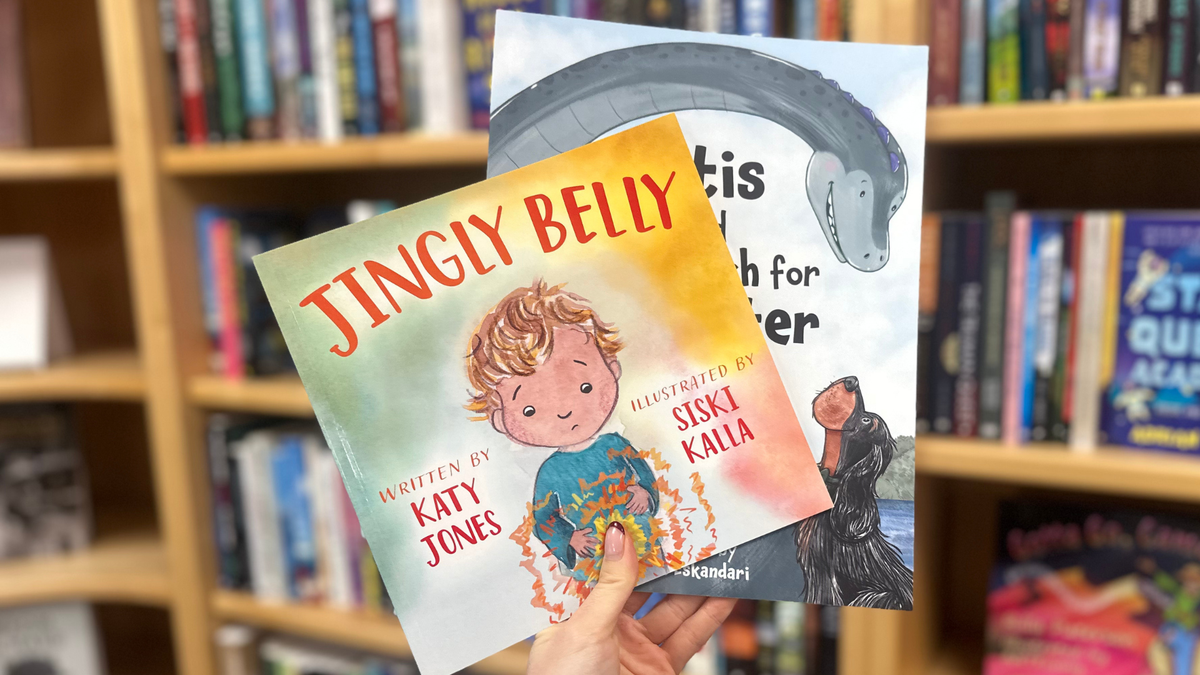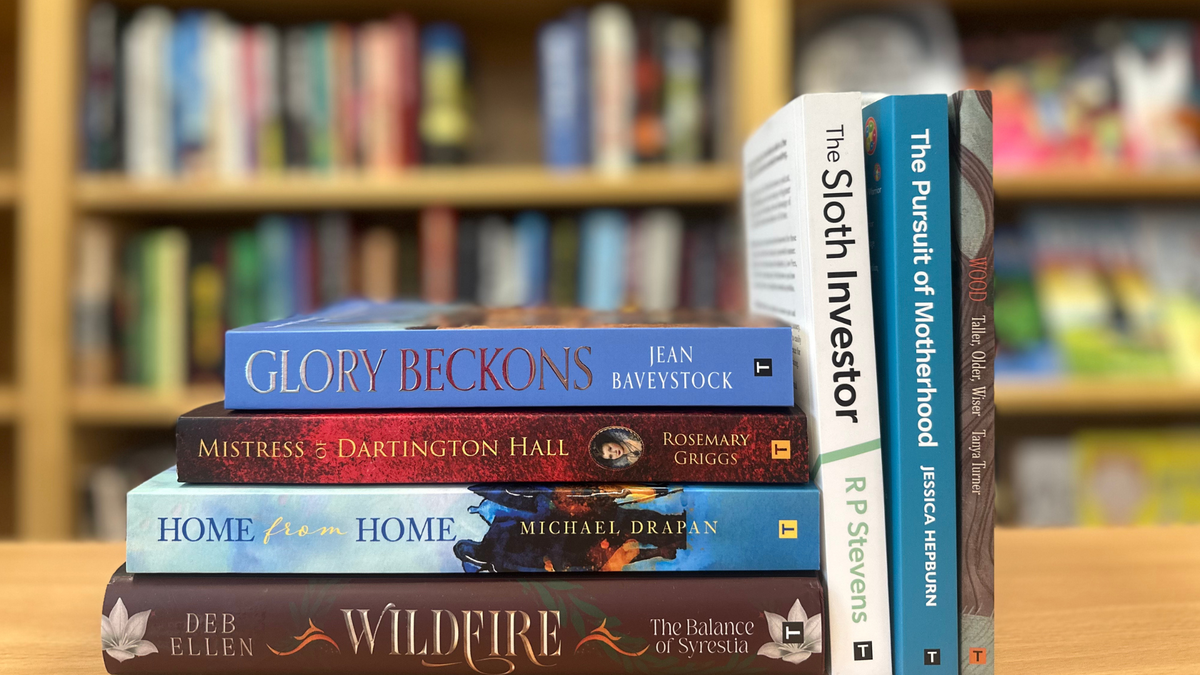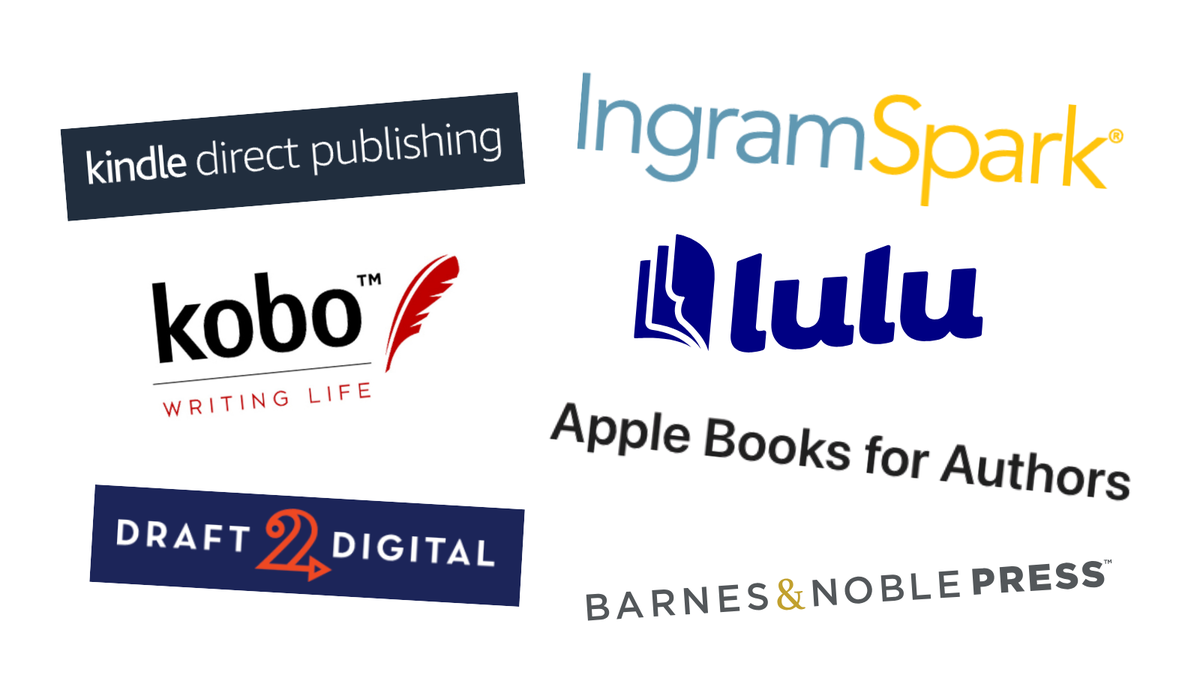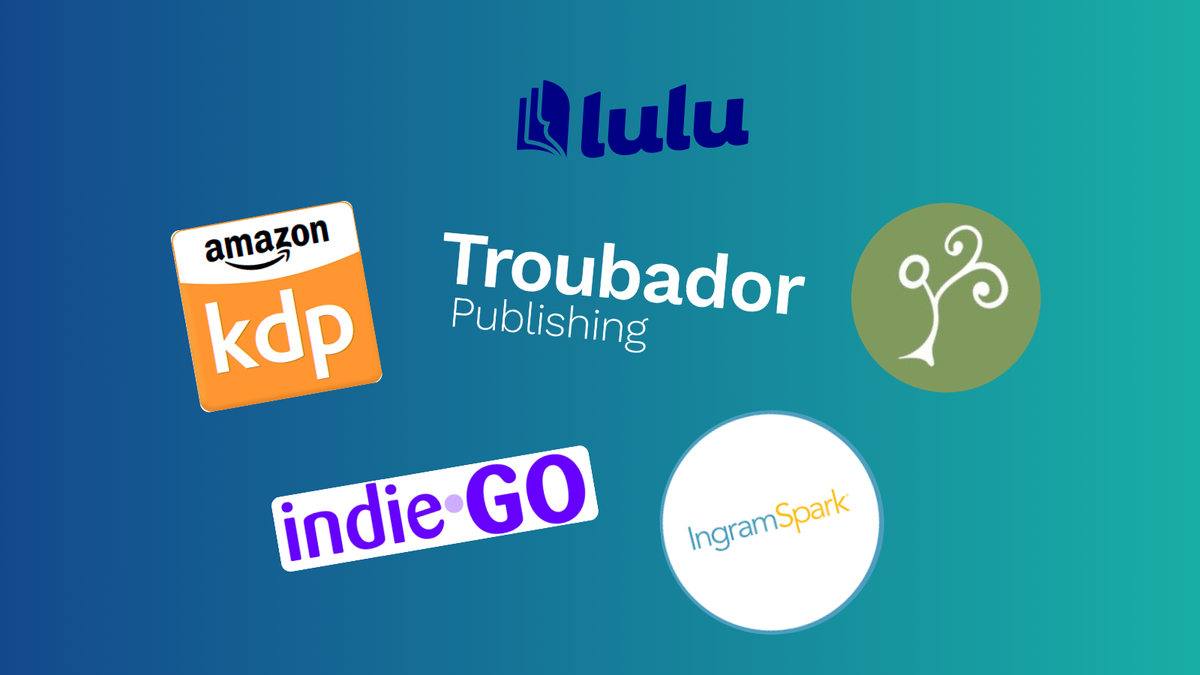
5th March, 2025
5 min read
Making Illustrations & Text Work Together in Children's Books
Written by:
Hannah Cather
Imagine a children’s book without images or a picture book without a story. Something feels off. It’s like trying to prise apart fish and chips, gin and tonic, Lennon and McCartney, or Batman and Robin – each component within the pair is fine on their own, but together they are magic. It’s the same with illustrations and text in a children’s book.
And, of course, it’s more than just plonking some words and images on a series of pages. There’s an art to getting both things to work beautifully together. Text and images hold equal weight in this context (though their ratio can be different – more on this later) and must always strive to be cohesive, interesting and imaginatively entwined. Below are five 'rules' for how to make this happen…
Rule 1: Less is More
The idiom is true. You can say a lot with little; this goes for words and pictures. There’s no need to jam-pack a page full of ‘stuff’, nor is there any need to show everything happening in the pictures or cram overly wordy text into a scene. Don’t be scared to create white space on the page – it cleanses the eye, allows all objects on each page to breathe, and makes so much more of an impact than a saturated double-spread stuffed to the point of silliness. ‘White space’ is an overlooked and powerful device for a picture book. Please use it; it’ll no doubt help you find that perfect bite-point between getting what is needed on the page and shedding the rest.
Rule 2: Illustration = A Snapshot
Remember that any illustration is just a *snapshot* of one part of the action from the text on that page. It should be as though a photograph has been taken of a particular moment. With this in mind, don’t try to add all of the action from the text into this singular snapshot, as it creates an unnatural, scarily comprehensive image with WAY too much going on. For example, if the text on a page is describing a children’s birthday party and all of the game-playing, cake-eating, dance-battling, balloon-popping, bouncy castle-jumping action that’s going on, the image doesn’t have to show all of this. Instead, it might just show some children on a bouncy castle, with a balloon floating in the air and cake crumbs on the floor and it does the job. Illustrations are about providing vignettes, dropping clues and enhancing the text, not minutely mapping out every detail.
Rule 3: The ‘POP’ factor
Both illustrations and text should ‘pop’ off the page differently. The ‘pop’ provides a point of interest and something cool to look at, adding emphasis onto a certain word, sound, or fun little image. Ways that words can ‘pop’ include using a different font from the main body text to highlight a word, using a sound word (like ‘BANG!’ or ‘SQUEEK!’), or simply making the word smaller or larger than the rest of the text. Likewise, illustrations can pop by highlighting cute little scenes, adding white space or using different colourways or effects to the rest of the book (e.g. suddenly having a black-and-white page or adding a trailing magic sparkle to show a dreamlike state). Think about using devices that create a ‘pop’ for the reader and recognise the power of doing so through text and images.
Rule 4: Use Your Imagination
Story text doesn’t just need to sit in a rectangle shape, nor do illustrations need to be conventional. There is so much scope for imaginative layout, positions and placements, and lots of opportunity to play around with how the text and the images work together. For example, if the text details a child going ‘down’ a slide, have the text trailing downwards alongside the slide image. Or, if the story mentions a firework, have the words ‘bang’ and ‘whizz’ splayed across the illustrated sky in fun fonts. A story might include two siblings, one quiet and one that’s loud – you could make the text smaller and daintier for the speech of the first sibling and bigger and obnoxious for the second. With so much to play with at your fingertips, you’d be missing out if you didn’t explore how to make the text and images work in full, lively harmony.
Rule 5: The Right Ratio
This one might be obvious, but it’s often overlooked. You need to get the right ratio between text and illustrations so that one doesn’t overburden or overshadow the other. I’ve often come across picture books with standout illustrations. Still, the author has been so eager to slap their story on the page (and, I assume, so unwilling to let an editor shave off unnecessary text) that the balance of both is all wrong; the page is heaving, and the words take over the page. It goes back to the point about leaving breathing room for each component. Of course, this works the other way, too (way too much focus on the images and barely-there text makes for a vague, abstract, DIY story). As mentioned above, both words and images hold the same weight, but the ratio of these is crucial to consider.
The above five rules should serve you and your picture book well. There are, of course, exceptions to the rule. Take BJ Novak’s aptly named children’s book, The Book with No Pictures. This is a text-only book, predominantly black text on white paper… and that’s it. That’s it. The power of it lies in the silliness and self-awareness of the text and its power to make the reader use silly voices and say outrageous things. It was a #1 New York Times Bestseller and – full disclosure – I’ve read it to my sprogs. It’s certainly an excellent contender for disproving my point about the text/image combo, but somehow, I still believe it doesn’t unpick the absolute magic of great imagery and great words working cohesively and collaboratively. Likewise, it’s important to consider that different age groups need different things from their children’s books, so knowing your audience is key.
And remember that behind every word and every illustration, you’ll find an author and an artist. And just like the power of collaboration between the two components on the page, the relationship between author and artist must be lively, open and balanced. This is something that the illustrations service at Troubador always tries to achieve, bringing artists and authors together, and helping that relationship to thrive. We act as the intermediary to ensure both are happy and allowed space to be creative, ultimately making for a children’s book that absolutely hits the mark and finds that elusive (but achievable) sweet spot between illustrations and text.
The Troubador team are here to help authors in any way that we can with no obligations, so please feel free to reach out to us if you have any questions. If you need illustrations for your book cover or interiors, Troubador has a brilliant (if we say so ourselves!) illustration service to help you find the perfect artist to fulfil your vision. We’ll look forward to hearing from you – paintbrushes, pencils and plans at the ready!










